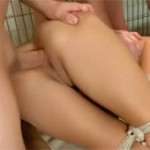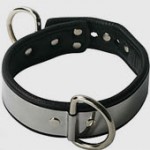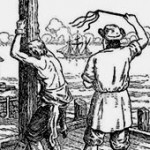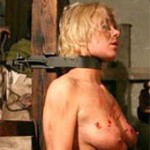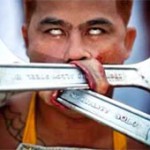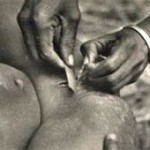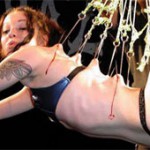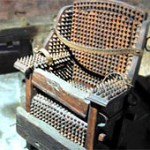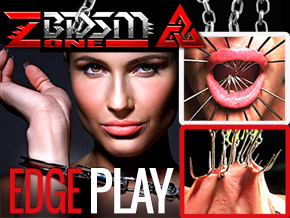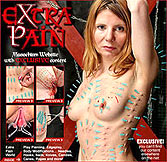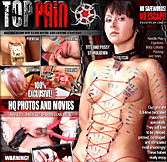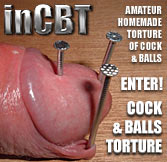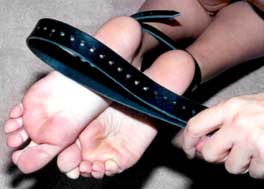 Bastinado (falanga, phalanga, falaka, falaqa) was a Spanish word for the act of punishment in the basic sense of beating with a stick or similar implement. The word ‘baston’, in English ‘baton’, means a stick or club. Falanga, phalanga, falaka, falaqa – variants of the same word which is used in countries, such as Persia, Turkey, Greece and in general the Muslim countries, to refer to a small crop like weapon to inflict punishment to the soles of the feet. It is a thick and long pole with a rope tied at its ends. Bastinado is a form of corporal punishment whereby the soles of the feet are beaten with a cane, a cudgel, a rod, a stick, a piece of wood, a club, or a whip.
Bastinado (falanga, phalanga, falaka, falaqa) was a Spanish word for the act of punishment in the basic sense of beating with a stick or similar implement. The word ‘baston’, in English ‘baton’, means a stick or club. Falanga, phalanga, falaka, falaqa – variants of the same word which is used in countries, such as Persia, Turkey, Greece and in general the Muslim countries, to refer to a small crop like weapon to inflict punishment to the soles of the feet. It is a thick and long pole with a rope tied at its ends. Bastinado is a form of corporal punishment whereby the soles of the feet are beaten with a cane, a cudgel, a rod, a stick, a piece of wood, a club, or a whip.
Feet whippings extend back through history. Bastinado is considered to be extremely painful and has long been used in interrogation and torture activities. Some sources mention the bastinado as one of the tortures of the Inquisition, but it was probably only a conventional caning. In the China it was a punishment that consisted in giving moderate blows with a long light cane, usually bamboo, for an hour or more on the buttocks or on the soles of the feet. The Chinese practiced their techniques on blocks of bean curd to learn to hit the surface without breaking the skin so they could learn how to produce great pain while only leaving the lightest marks. Some of the Asian cultures tend to use small rattan canes to beat the soles of the feet of their children and wife. The falaka is used in judicial and domestic punishments. It seems to be used as corporal punishment legally at Iran, and illegally, as torture, in most Middle East countries.


The terror of bastinado lies not in the severity of the blows, which are on the contrary scarcely more than tapping, but in its long continuation. During bastinado, a victim’s legs are usually bound together and often tied to a horizontal length of wood, so the feet are exposed to the torturer. Anything from a club to a slender bamboo wand is used to inflict the punishment. The pain radiates up the legs, coursing through the body and up to the head. After the torture, the prisoner might be forced to walk around, sometimes carrying weights on his back.
 |
 |
 |
 |
But bastinado is someting more than a corporal punishment. It is not only feet whipping. Bastinado is an any form of pain play involving inflicting pain on the soles of the feet. It is also a form of torture. This method of torture relies on the fact that the foot is a fragile appendage with numerous bones, tendons, joints, and muscles. It is also a place where nerve endings are close to the surface and therefore especially susceptible to pain. Such violence applied to the foot is particularly unpleasant. The wounds inflicted are particularly painful and take a long time to heal, rendering it a redoubtable deterrent but impractical as punishment for useful surbordinates.
 |
 |
 |
 |
The furthest extensions of bastinado include even a removal of the feet. This and ‘hobbling’ were practices performed to prevent escape and permanently enslave the victim without the need of constant monitoring.
And sometimes bastinado is not only pain. Some point out that the prominent display of the sub’s bare feet contains an element of punitive humiliation as well.
Some bastinado hints:
Please remember that the feet need careful preparation before being subjected to the bastinado. The way you remove your victims shoes and socks is an import part of the bastinado punishment. Some people enjoy tying down the victim and removing his shoes and socks themselves. Other people enjoy making their victim strip their own feet for punishment.
The foot is an extremely fragile and delicate machine. There are numerous bones, tendons, joints, muscles and tissues which are vulnerable to significant injury. What is perhaps more significant is that most of the bodies nerve system has nerve endings which are somewhat exposed in the feet. A severe beating to the feet can cause injury over the entirety of the body, not just the feet. A severe beating can destroy or damage any of the foots many complicated and complex systems, reducing or impairing the individuals ability to walk or doing significant long term harm to that person.
Use a small switch or cane. Never use a paddle, heavy rod, crop or other hard object to strike the foot. You are not trying to break bones here. The bones of the feet are quite small and very easy to break. Protect the areas around the foot such as ankles and toes. You can wrap the foot in a towel exposing only the soles to prevent inadvertent injury. Use objects that will sting but not damage. Do not try to whip or cane the feet until bruising. Do not try to break the skin or leave visible welts. Go for sensation but not damage.
You can safely include the soles of the feet in candle and ice play. You can with relative safety use ‘doctored’ clothespins in and around the toe area as you might on the webbing between the fingers of the hand. Remember to allow clothespins on any area of the skin for short bursts of time – recommended time is 7 minutes. Longer clamping of the skin can cause permanent tissue damage. Take a course in Reflexology and learn where the most vulnerable areas of the foot are and what to avoid. Avoid clamping or binding where there is known exposure of the nerves – this can cause permanent nerve damage and numbness.
Use mild forms of bastinado in small doses. Learn as much as you can if this is of particular interest to you. Never engage in any practice which will reduce, diminish or permanently negatively alter the health and well being of another human being. Do no harm.
To see more bastinado photos click on Gallery 1, Gallery 2, Gallery 3, Gallery 4, Gallery 5, Gallery 6, Gallery 7, Gallery 8, Gallery 9
Top Pain – masochism website – play piercing photos
Extra Pain – needle torture website




 TV BDSM - New BDSM Porn Tube
TV BDSM - New BDSM Porn Tube